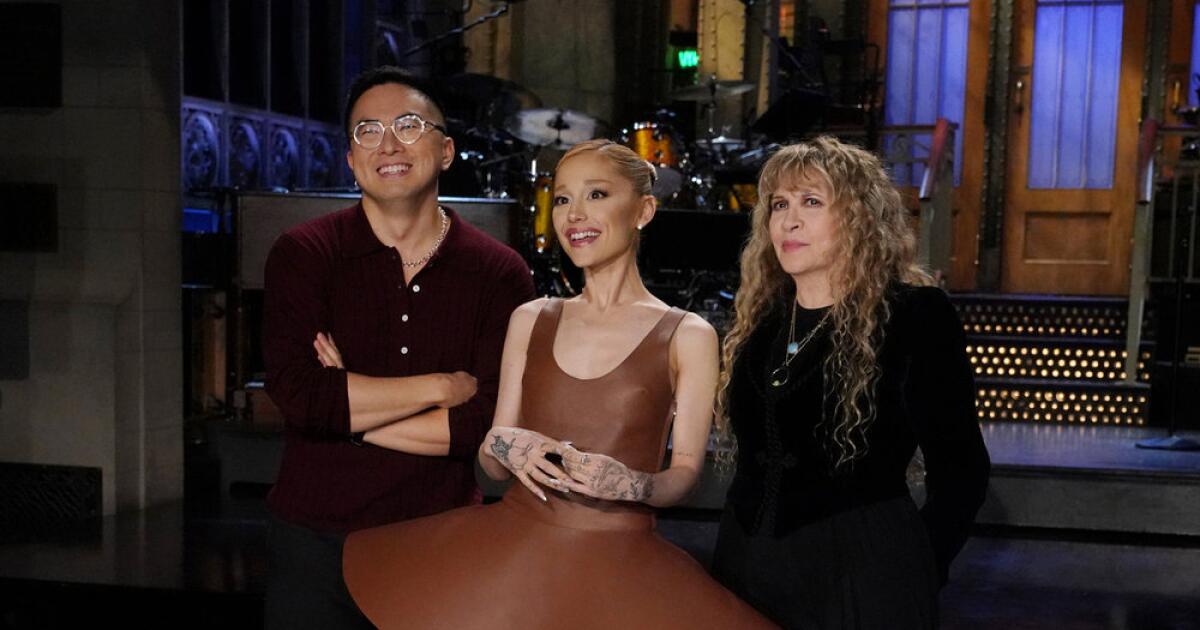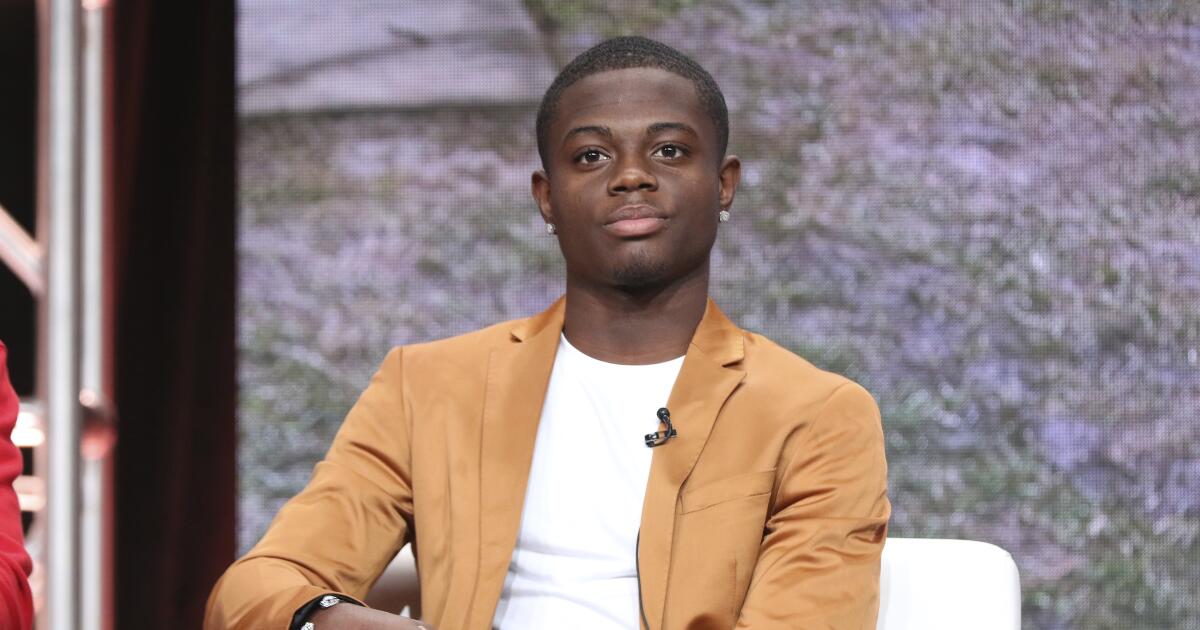In a shabby gym in Reno, Nevada, teenage girls face off in a youth boxing tournament under a shifting ray of daylight that “fills the whole space with a dull, dusty brightness” and surrounded by a sparse crowd of mostly uninterested coaches and parents. The novel enters deep into the girls’ minds as they assess one another’s weaknesses and coax themselves through the rounds, which are described in brutal, bloody detail. Each fighter has her own source of competitive energy, but they’re all realistically ambivalent, too — unsure about why, exactly, they’re drawn to a sport that gives them so little for their trouble. Rita Bullwinkel’s debut novel is as tense and disciplined as its characters, and she has a gift for capturing the way their minds wander far from the ring and back again: One girl counts off the digits of pi, while another obsesses over a death she witnessed as a lifeguard. There’s a mesmerizing sense of limitlessness to the narrative, which roams far into the future of these fighters even as they’re absorbing hits in the ring. —Emma Alpern
Raboteau emerged on the scene some two decades ago as a writer of sharp, incisive fiction that mapped the contours of identity and race. In recent years, she has become a literary voice of consciousness about the ongoing climate crisis. Across a series of essays, book reviews, and conversations, Raboteau has charted the progression of the crisis, our shared culpability, and our responsibility to develop practical solutions. Lessons for Survival is, in many ways, a culmination and continuation of this work. Raboteau travels locally and abroad to capture stories about the impact of the environmental crisis, and the resilience of communities that find themselves on the front lines. She also writes authentically — her prose seamlessly melds slang and heightened language — about her own experiences as a Black mother, whose identity has shaped her understanding of these issues. This is scintillating work, an essential primer for our times. —Tope Folarin
The grand irony of this juncture in history is that at the very moment when the problems we’re facing — climate change, economic inequality, cross-border violence — require global solutions, our societies have become more atomized than ever. This is the case both within various societies, in which individual concerns increasingly trump collective interests, and between societies, whereby individual countries pursue their objectives at the expense of global cooperation. In their new book, Solidarity: The Past, Present and Future of a World-Changing Idea, Leah Hunt-Hendrix and Astra Taylor offer an essential antidote: a renewed commitment to solidarity. Their book is ambitious and comprehensive. It traces the evolving meaning of solidarity from ancient Rome through the Black Lives Matter movement and identifies different kinds of solidarity, how they arise, and how effective they are in forming and maintaining social bonds. They persuasively argue that in order to create a more “egalitarian world,” we must learn to cultivate and practice the kind of solidarity that “chang[es] the social order toward one that is both freer and more just.” —T.F.
Set at a big-box store in upstate New York, Help Wanted recalls Mike White’s Enlightened in its textured portrayal of how small humiliations and injustices at work inevitably boil over into righteous rage. It’s a novel that lingers in the imagination, by which I mean, after you read it you’ll think of it every time you shop at Target, forever. —Emily Gould
➽Read Emily Gould’s interview with Help Wanted author Adelle Waldman on The Cut.
Emily Hunt’s second book of poems considers real intimacy mediated by apps. In “Company,” a long poem originally published as a chapbook, the speaker works for a flower delivery startup, gently pulling roots from soil, culling, clipping, and handing off arrangements. These moments are sensorily rich, slotted into 15-minute assembly-line shifts, and short lines. In “Emily,” Hunt uses messages from Tinder as her source material, not to mock (or not only to mock) the senders or the stilted situation of meeting online, but to construct a self in relief, as seen and spoken to by strangers. A funny and surprising interaction with dailiness, including our phones — the hardware and the relationships maintained through them — and whatever else is still tactile. —Maddie Crum
Emmeline Clein’s Dead Weight seems destined to fundamentally reshape how we think and write about the subject of eating disorders. What separates Clein’s book from others on the topic is her commitment to treating the sufferers of eating disorders with the kind of dignity that clinicians tend to withhold. She writes as an insider, telling both her personal story and sharing the stories of her “sisters,” which range from Tumblr accounts to clinical studies co-authored by their subjects. Throughout, she refrains from including the graphic details that have historically plagued books about the subject. “Too many people I love have misread a memoir as a manual,” she writes. The book she writes instead confronts the complicated entanglement between eating disorders, race, capitalism, and the ongoing erosion of social safety nets. Stereotypes about eating disorders commonly portray the illness as one rooted in control. Dead Weight not only exposes how little control patients have had over their own narratives and bodies, it returns the narrative to those who have suffered from the disease. This is a moving, brilliant, and important book. —Isle McElroy
If you were reading The Village Voice in the 1990s, as I was, it wasn’t as good as it used to be. That was also true ten years later, and 20 years before, and frankly it was probably what people started saying upon reading issue No. 2 in 1955. What the Voice was, inarguably, was shaggy, sometimes under-edited, alternately vigorous and undisciplined and brilliant and exhausting and fun. The infighting in its pages and in its newsroom was relentless, amped up by the very aggressiveness that made its reporters and editors able to do what they did. You’ll encounter more than one office fistfight in The Freaks Came Out to Write, this oral history by Tricia Romano, who worked there at the very end of its life. She got a huge number of Voice survivors to talk, including almost every living person who played a major role in this beloved, irritating paper’s life, and good archival interviews fill in the gaps. If you read the Voice in its glory days (whenever those were!) you’ll miss it terribly by the end of this book; if you weren’t there, you will be amazed that such a thing not only existed but, for a while, flourished. —Christopher Bonanos
Orange’s Pulitzer-finalist debut, 2018’s There There, is a tightly constructed, polyphonic book that ends with a gunshot at a powwow. His follow-up, which shares the first one’s perspective-hopping structure (and several of its characters), is a different beast, an introspective novel about addiction and adolescence. The story begins in the 1860s, when a young Cheyenne man becomes an early subject in the U.S. government’s attempts to assimilate Native Americans. The consequences of this flurry of violence and imprisonment will reverberate through generations of his family, eventually landing in present-day Oakland, California, where three young brothers live with their grandmother and her sister. The oldest brother, Orvil, was shot at There There’s powwow, and even though he survived, the heaviness of that day is weighing on him and his family. Prescribed opioids for the pain, he finds that — like several of his ancestors, though he has no way of knowing that — he likes the sense of removal they give him. Orange’s novel is unusually curious and gentle in its treatment of addiction; he lets his characters puzzle out why they’re drawn to intoxication, managing to balance a lack of judgment with an understanding of the danger they’re in. —E.A.
➽Read Emma Alpern’s full review of Wandering Stars.
In Come and Get It, the second novel from the breakout author of Such a Fun Age, the University of Arkansas serves as the backdrop for Kylie Reid’s assessment of race, class, and social hierarchy on a college campus. Over the course of a semester that shifts between the perspectives of Millie, a meek yet dutiful R.A., Kennedy, a shy transfer student with a traumatic secret, and Agatha, a visiting professor out of her depths, the primary characters are forced to grapple with the heady concepts of desire, privilege, and the rules of social conduct in an environment where the the game is rigged and fairness is reserved for a select few. Light on plot and heavy on character development and social commentary, Come and Get It is the kind of book you put down and immediately want to discuss. But fair warning: If you ever lived in a college dorm in the U.S., this book might inflict a non-negligible amount of PTSD. —Anusha Praturu
In Poet Kaveh Akbar’s debut novel, Cyrus Shams is a nexus of dissonant identities: He’s a 20-something Iranian-American, a straight-passing queer, a recovering addict, a depressive insomniac, and a writer who’s recently gotten some unflattering feedback. He’s also grieving his parents, who he considers to have died meaninglessly, his mother on a passenger flight out of Tehran that was accidentally shot down by the U.S. military (a real event that occurred in 1988), his father “anonymous[ly] after spending decades cleaning chicken shit on some corporate farm.” Martyr! traces Cyrus’s obsession with the idea of dying with a purpose, disrupting linear time and moving miraculously between worlds and perspectives. Sometimes, the dead speak for themselves; we hear from Cyrus’s mother and his uncle, who recounts his life as a soldier in the Iran-Iraq war. The book also shines with humor, including an imagined conversation between Cyrus’s mother and Lisa Simpson. Akbar’s prose courses with lyrical intelligence and offers an interrogation of whose pain matters — and what it means to live and die meaningfully — that is as politically urgent as it is deeply alive. —Jasmine Vojdani
In these chaotic times, Franz Fanon’s work is constantly and enthusiastically referenced. A new generation of activists — as many before them — has repurposed Fanon’s words to describe our current travails, and to propose how we might move forward. Fanon persists in the activist imagination as a kind of radical soothsayer, an intellectual who can speak authoritatively about our moment because of his identity as a Black man and colonial subject who personally experienced the barbarity of a colonizing power. In The Rebel’s Clinic, Adam Shatz complicates our understanding of Fanon’s life and work, and persuasively conjures the human being who wrote the words that have inspired so many. Among Shatz’s most important interventions is to highlight Fanon’s vocation as a doctor who “treated the torturers by day and the tortured at night.” Shatz’s book is a chronicle of a man who, because of his identity and gifts, was obliged to constantly reconcile opposing ideas and ways of being. —T.F.




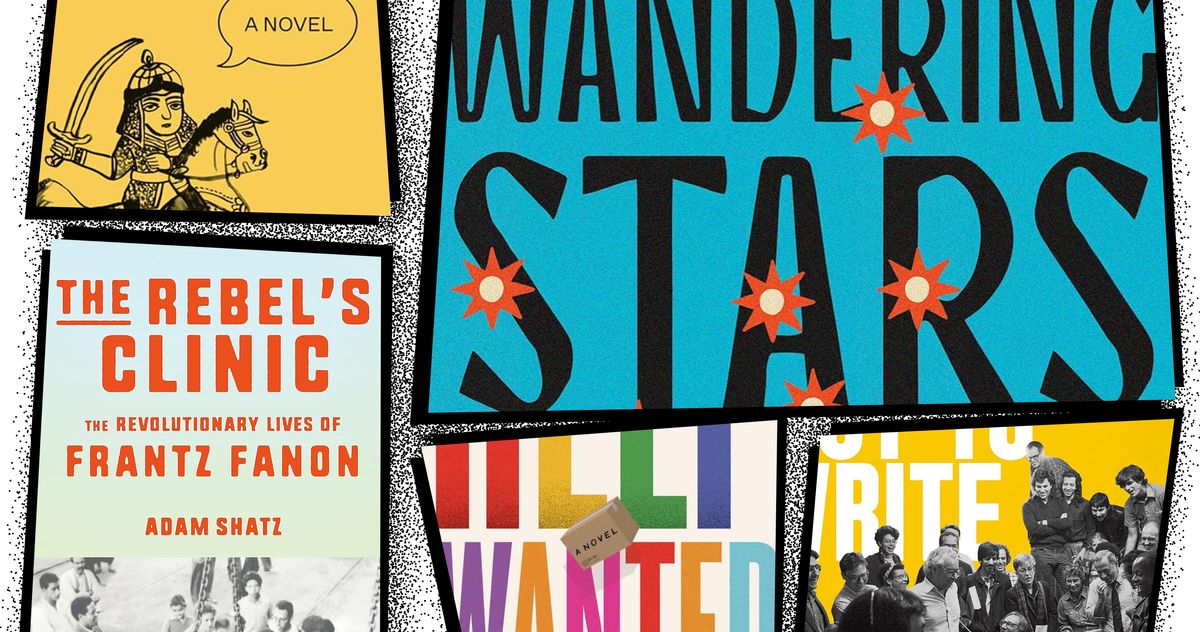


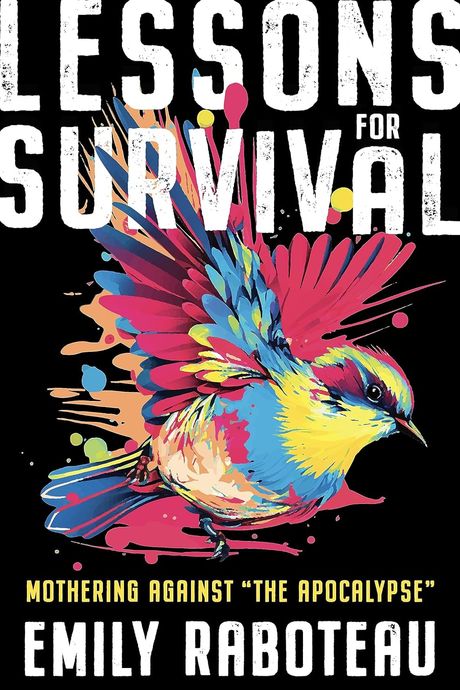
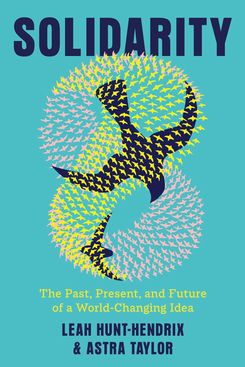
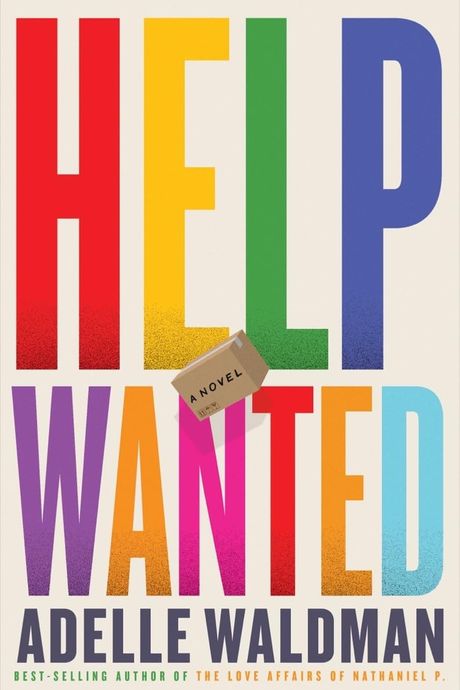
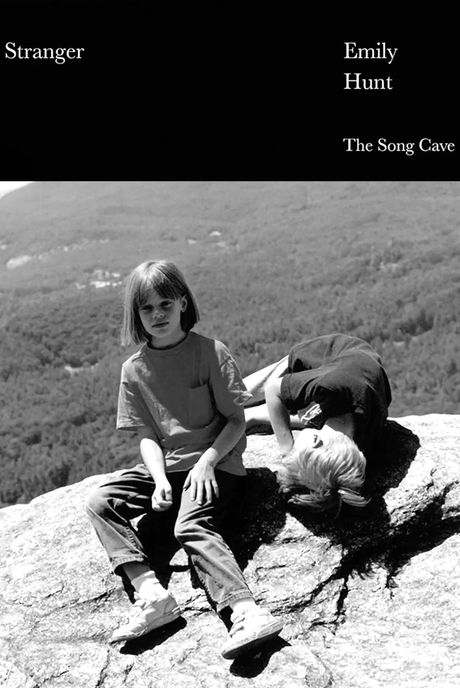
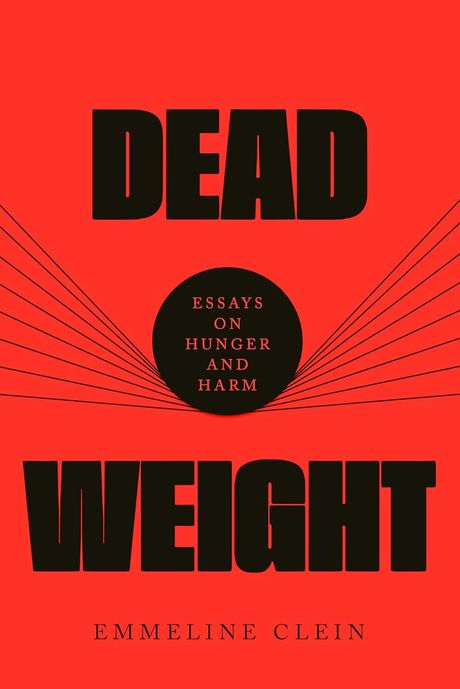
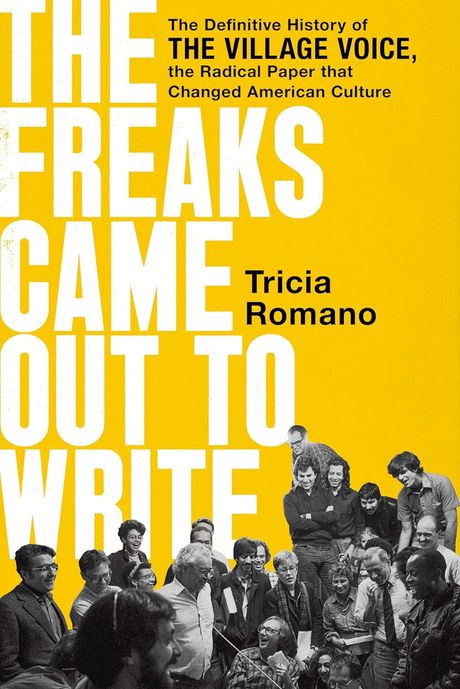
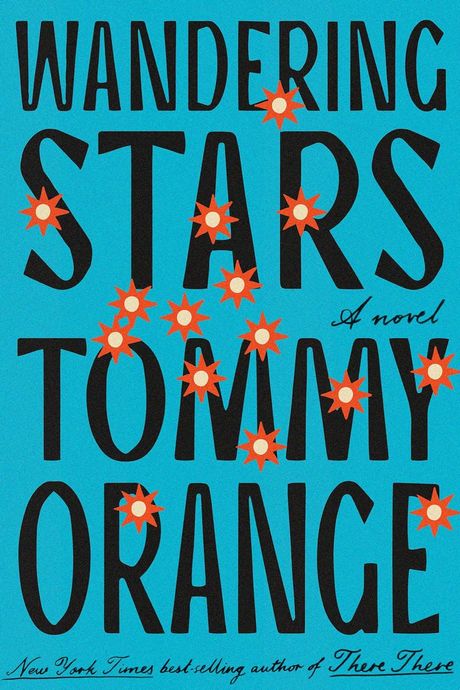

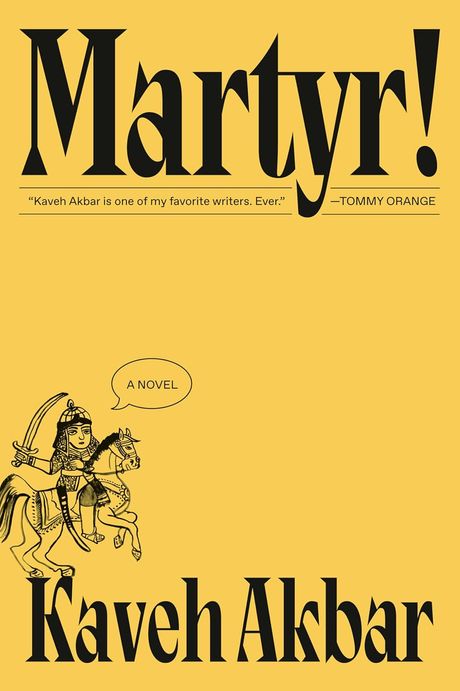
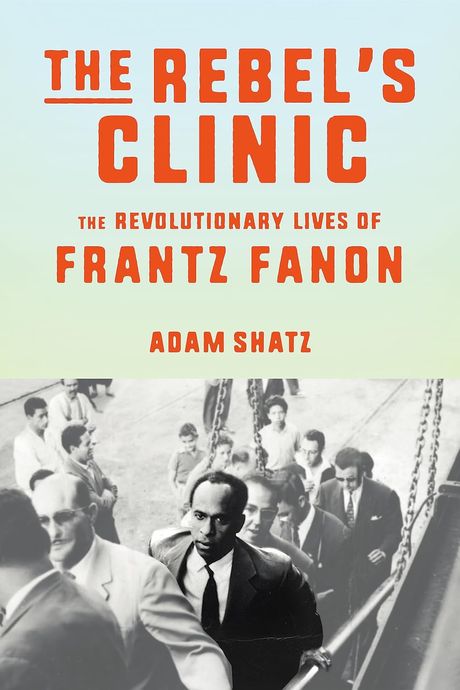


:quality(85):upscale()/2024/05/31/980/n/49350580/01b79807665a4fb06e61e7.42389489_.jpg)
